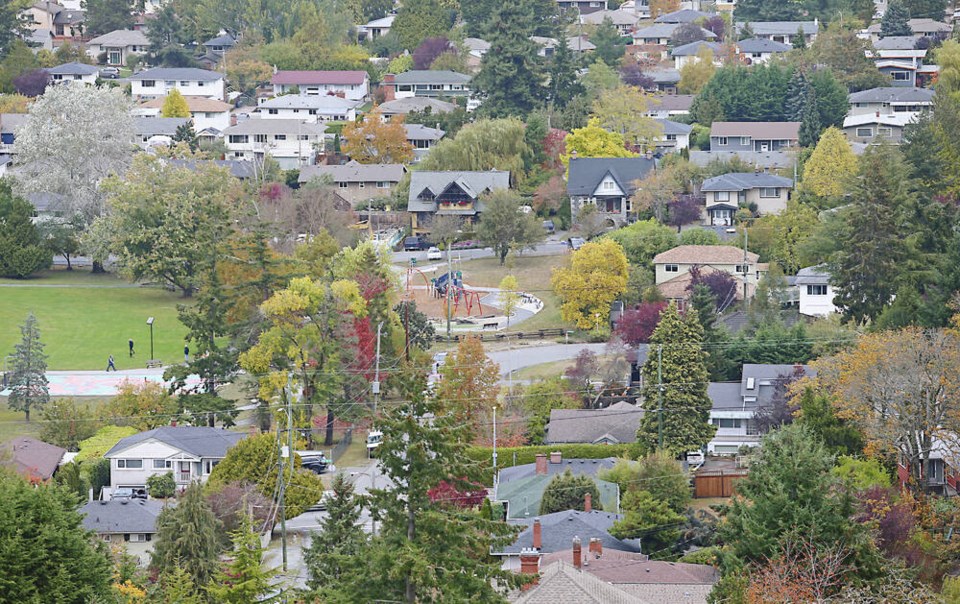A proposal to give tax exemptions when rental-apartment buildings or commercial buildings are switched to more energy-efficient heating and cooling systems has been unanimously endorsed by Saanich council.
Saanich Mayor Dean Murdock said the possible approach to reducing greenhouse gases by encouraging the use of such things as high-efficiency, commercial-sized heat pumps puts the municipality “on the cutting edge” in the province.
“This would be a first of its kind, certainly for a community of our size. We’ll see what kind of impact we would have and the level of success we would have in attracting a building owner who is interested in doing these kinds of upgrades.”
Victoria is looking at a similar step, he said.
Saanich staff will now work on the plan’s details and come back to council for consideration of implementing it, Murdock said.
Staff gave examples of what the tax savings could be, but nothing has been finalized.
One was a warehouse/office building where an upgrade could cost around $143,000, and there would already be a potential rebate from the provincial CleanBC pollution-reduction program of $30,000.
In that case, annual municipal property taxes of $68,000 would have a one-year partial exemption of $41,500, resulting in a payment of $26,500 in municipal taxes for that year.
The exemption assumes there is a natural-gas backup to the system that is put in place, and an electrical-service upgrade is not needed.
Should a natural-gas backup not be used and an electrical upgrade be needed, then the owner would be eligible for a total of up to $84,000 in exemptions. Since that exceeds the annual property tax of $68,000, the exemption would be spread over two years.
The exemptions are intended to increase opportunities for improvements, Murdock said.
“That would allow a property owner or a building owner to make investments that they otherwise would be limited in their ability to afford,” he said. “They would be exempted up to a certain value that would offset the investments they were making.”
One positive aspect would be to preserve aging rental-apartment complexes that might instead be sold for such uses as private condominium ownership, he said, with about nine such buildings around the municipality eligible.
“That’s over the course of time,” Murdock said. “We don’t expect an immediate uptake.”
It would be a chance “to throw a lifeline to that aging rental stock” and extend its life for rental purposes, Murdock said.
Saanich is seeking to reduce its greenhouse-gas emissions 50 per cent by 2030, and the staff report noted that 34 per cent of such emissions were from buildings in 2020.
That reduction “is something we need to tackle more aggressively,” Murdock said.
Houses are already covered by a municipal program to convert home heating-oil systems to heat pumps, which can also be augmented by grants from energy providers and other levels of government, he said.
“This is now shifting beyond just single-family homeowners into looking at rental buildings.”
He said council also discussed that people most affected by things like the 2021 “heat dome” in the region are often residents of older apartments without advanced temperature-control technology, so the plan could help them.
“This would allow us to bring those benefits to people as we prepare for the impacts of our changing climate.”



